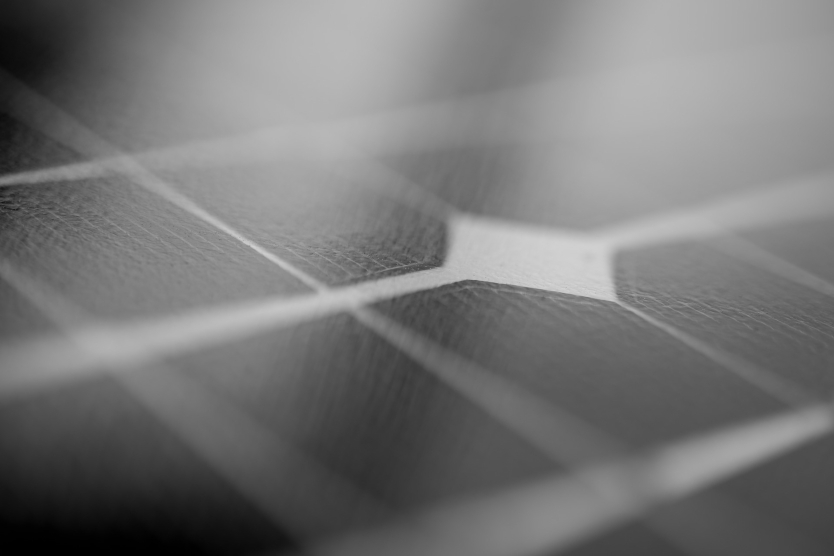
The HyBaG modular battery controllers have been built using novel gallium nitride (GaN) and silicon carbide (SiC) components. These innovative transistor bridge circuits make it possible to switch even faster, with lower losses.
© Pixabay
More and more households are coupling their solar power systems with battery storage. But one of the big drawbacks of these home storage systems is the power losses that occur due to energy fluctuations. The batteries are charged within a couple of hours in intense sunlight (high load) and then discharged at lower power (partial load) over a longer period, during the night. Therefore, battery inverters need a high conversion efficiency over a wide power range.
In order to meet this increasing demand, the Fraunhofer Institute for Solar Energy Systems (ISE) started working with commercial partners Kaco New Energy GmbH and Spezial-Transformatoren Stockach (STS) GmbH in 2017, to develop a low-loss hybrid inverter. The “HyBaG" project was born.
The HyBaG modular battery controllers have been built using novel gallium nitride (GaN) and silicon carbide (SiC) components. These innovative transistor bridge circuits make it possible to switch even faster, with lower losses. After numerous prototypes and simulations, the hardware has been optimised. The resulting “3-phase synchronous converter” for high voltage enables the power range to be specifically adapted (1/3, 2/3, full load); while for lower power levels, there is a variable switching frequency which limits losses, and a pulsating operation (burst) mode.
"This can significantly increase the partial load efficiency, as it reduces the control and no-load losses that strongly influence the efficiency in the partial load range," explains Cornelius Armbruster, project manager at Fraunhofer ISE in a press release. The HyBag project has demonstrated that an average household’s annual electricity bill could be reduced by between EUR 150 to 250 – a significant saving.


